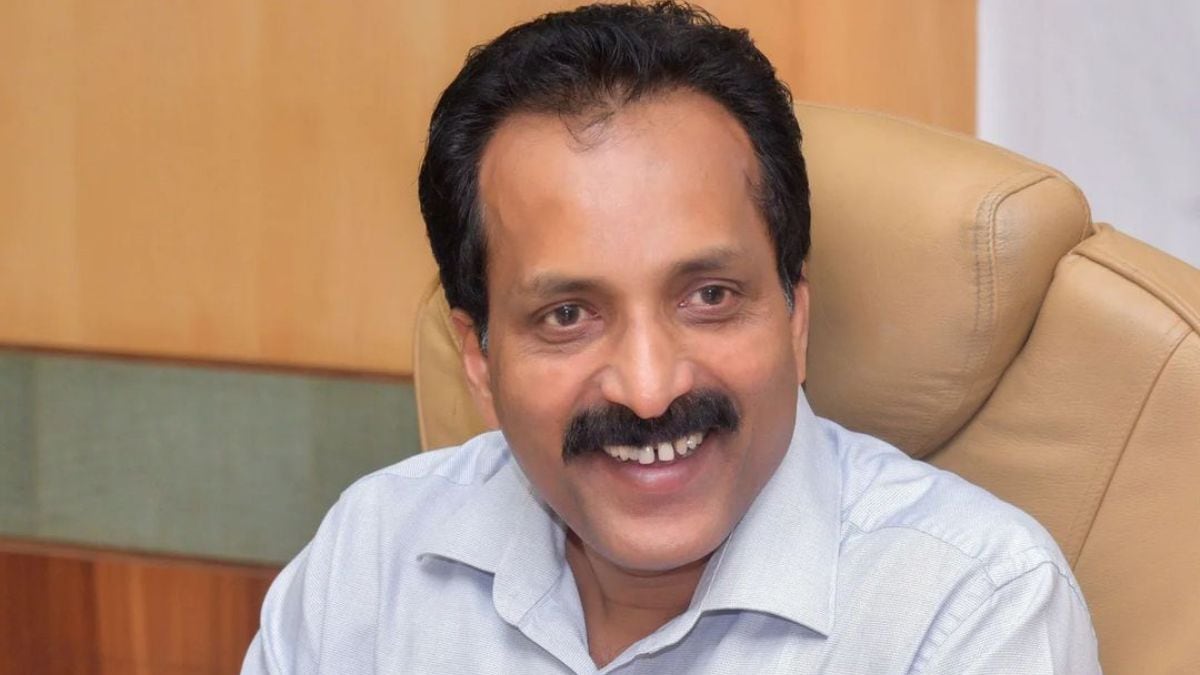Delivering a major update on India's space objectives, ISRO Chairman S Somanath announced new timelines for upcoming missions, including the ambitious Gaganyaan and Chandrayaan-4 projects. Speaking at the Sardar Patel Memorial Lecture held at Akashvani, Somanath, he provided details on the Gaganyaan mission. As per Somanath, India's first manned space endeavour is now expected in 2026. He revealed that Chandrayaan-4, aimed at returning samples from the lunar surface, is slated for launch in 2028.
The ISRO chairman shared insights into India's joint missions, specifically a collaboration with Japan's space agency JAXA. This mission, initially referred to as LUPEX (Lunar Polar Exploration), will be designated as Chandrayaan-5. In this mission, India will provide the lander while JAXA will supply the rover, a significant upgrade from Chandrayaan-3's smaller rover. With a much larger payload of 350 kg, Chandrayaan-5 will be equipped to conduct extensive scientific research on the Moon's surface.
Focus on Indigenisation and Expanding India's Role in the Global Space Market
Addressing the audience, Somanath told the importance of self-reliance in space technology, acknowledging the progress made in reducing reliance on imports but stressing that more needs to be done. He highlighted ISRO's aim to raise India's stake in the global space economy from its current 2 per cent to 10 per cent in the next decade. Somanath noted that this expansion would require collaboration across sectors. He encouraged both startups and established companies to actively engage with the space industry.
Private Sector Participation and Boosting Innovation in Space
Somanath mentioned the increasing role of private industries in India's space sector.He explained that ISRO has started initiatives to involve private companies in space exploration, moving away from its usual government-led approach. Citing examples such as private companies now being involved in rocket manufacturing, he conveyed optimism about the emerging partnership between ISRO and private entities in India.
India's Astronomical Legacy and Path to Global Science Contributions
Reflecting on India's contributions to astronomy, Somanath highlighted the country's history of observing and exploring stars. He emphasised the significance of scientific missions like Chandrayaan-3, which achieved a soft landing on the Moon, as well as Aditya-L1 and Astrosat, India's space observatory, which have provided important data. According to Somanath, these missions contribute to global scientific knowledge, with Astrosat alone having led to hundreds of research papers and doctoral studies.
































